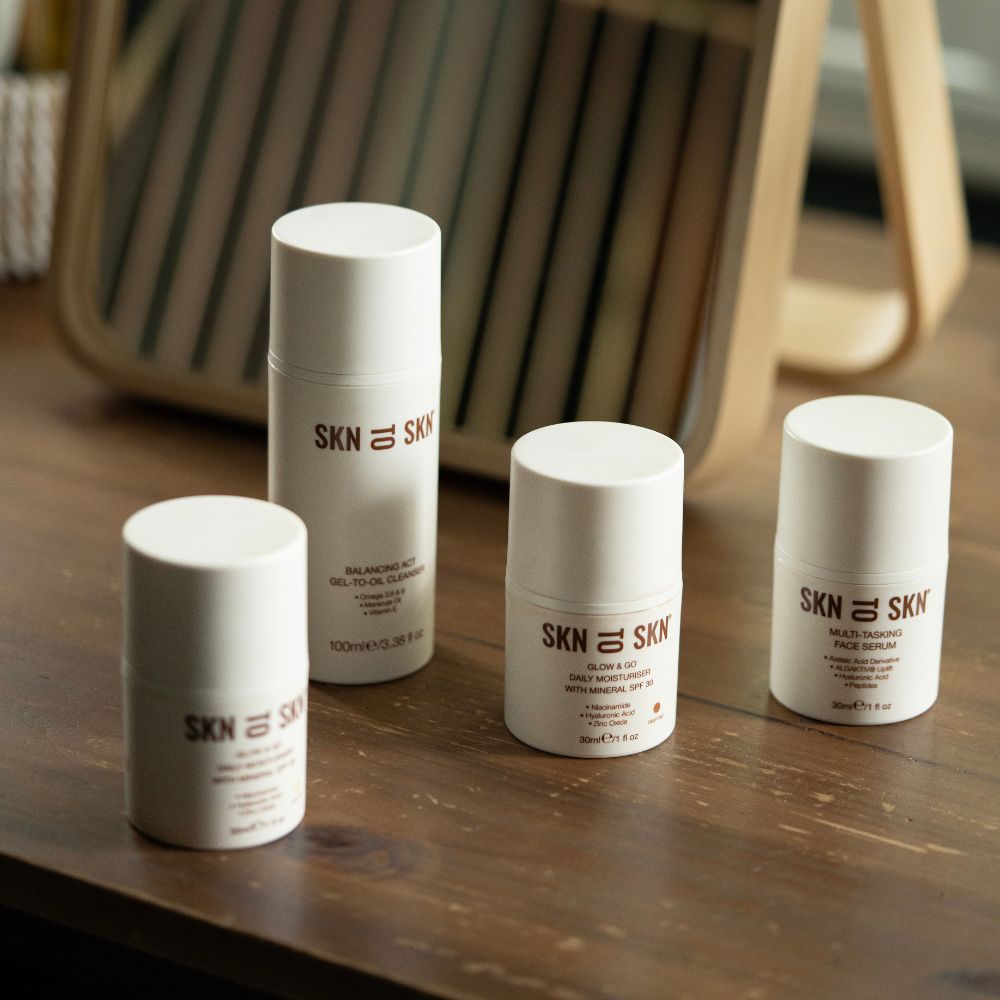According to a small clinical study from 2007, about 20% of women experience skin-related changes during pregnancy - approximately 12% develop skin tags as part of those changes.
In this Expert Insight episode, Consultant Dermatologist Professor Caitriona Ryan shares everything you need to know about skin tags during pregnancy. From understanding why and how they appear to how your doctor can safely remove them.
What are Skin Tags & Where Do They Appear?
Skin tags are small, soft, benign (non-cancerous) fleshy growths of skin that typically appear in areas where the skin rubs against itself or clothing. They often look like tiny flaps of skin and can vary in colour, usually appearing in a flesh-toned or slightly darker shade. They can appear due to higher levels of insulin during pregnancy, which in turn can stimulate skin growth.
Skin tags usually appear can grow in the flexural areas of the body such as at the creases of the neck, under the arms, in the groin and under the breasts.

Do They Go Away After Pregnancy?
While some skin tags may shrink or disappear naturally after you give birth, many tend to stick around. In these cases, they often need to be removed by a healthcare professional, especially if they become irritated or you're simply ready to say goodbye to them.
Safe removal options include freezing (cryotherapy), cauterizing (burning), snipping, or tying them off (ligation). These treatments are quick, safe, and usually done in a dermatology clinic.
How Do I Get Rid Of Skin Tags?
The most effective and commonly used treatment methods involve professional removal by a healthcare provider, such as a general practitioner (GP) or dermatologist. One widely employed technique is cryotherapy, where liquid nitrogen is applied to the skin tag to freeze it off. This process causes the skin tag to fall off as the frozen tissue undergoes necrosis.
Skin Tag Removal: Final Thoughts...
Ultimately, skin tags are generally harmless and not a cause for concern. They often appear during pregnancy, primarily due to hormonal changes and genetic factors, and in many cases, they may resolve on their own over time. However, if you choose to have them removed for cosmetic or personal reasons, it’s best to consult a healthcare professional, such as your GP or a dermatologist. These professionals can recommend the most suitable removal method, ensuring they are removed safely and effectively.

 Written by Professor Caitriona Ryan, Consultant Dermatologist
Written by Professor Caitriona Ryan, Consultant Dermatologist






